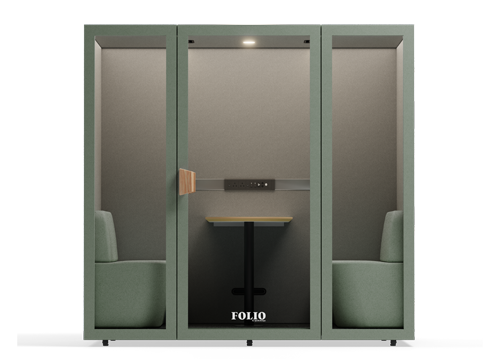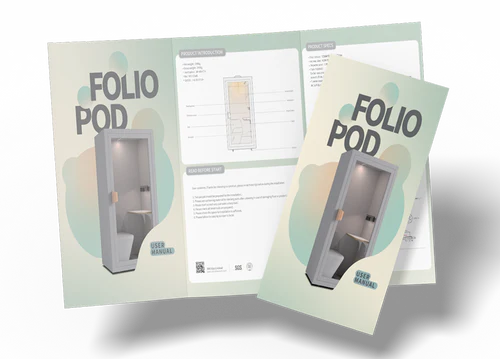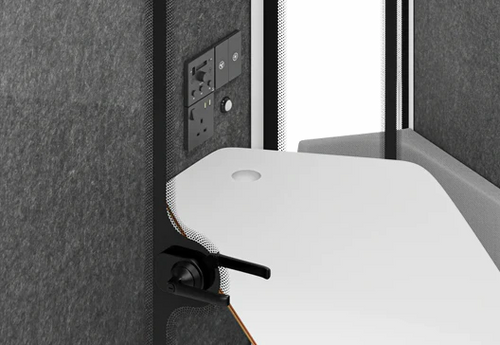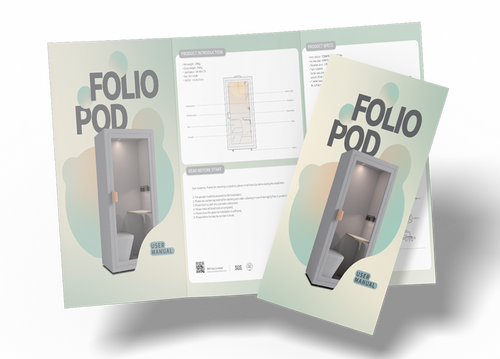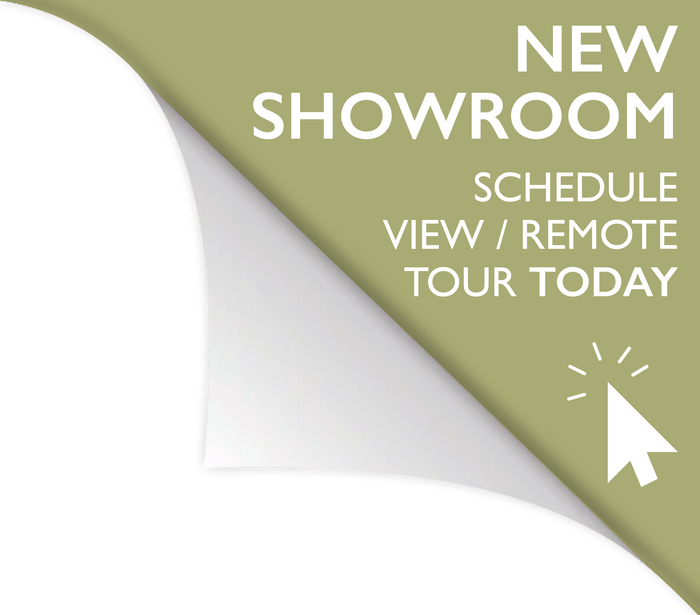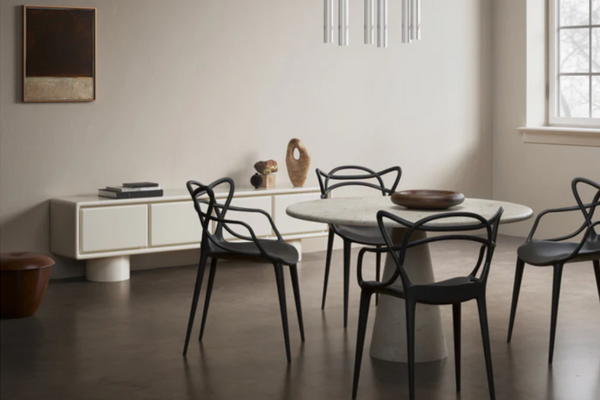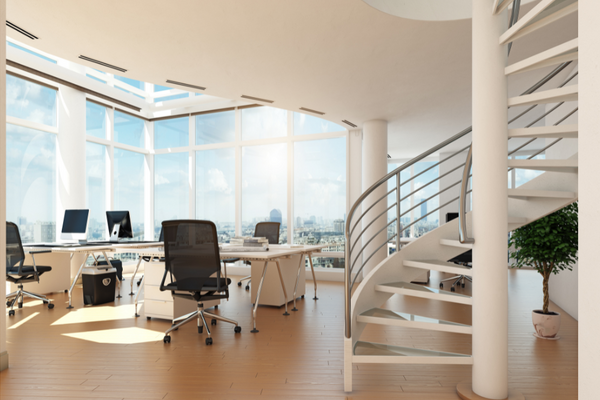Best Chairs for Long Days: What Makes a Home Office Chair Ergonomic?
There’s nothing quite like the betrayal of a bad chair.
One minute you’re powering through your morning emails, the next your back’s staging a full-blown protest and your neck’s decided to pack it in early. The culprit? A not-so-ergonomic seat masquerading as office furniture. When you’re spending eight hours (or let’s be honest — ten) planted in one spot, choosing the right home office chair isn’t a luxury — it’s a spinal necessity.

And if you’re still working from a dining chair with a cushion borrowed from the sofa, it might be time to upgrade to a proper ergonomic chair for long hours.
So, what actually makes a chair “ergonomic” and not just “vaguely supportive until 3pm”? First up: adjustability. We’re talking seat height, lumbar support, armrests, tilt tension — the works. A truly ergonomic office chair should adjust to you, not the other way around. After all, no two spines are shaped the same (and yours deserves more than a one-size-fits-none solution). Bonus points if the chair doesn’t look like it belongs in a late '90s IT department — because ergonomic home office chairs can be stylish too.
Another biggie? Lumbar support that actually supports. That means a contoured backrest that follows the natural curve of your spine, not just a flat slab of foam pretending to care. Without it, you’ll find yourself shifting every 15 minutes like a fidgety intern in a Monday morning briefing. The best chairs for long workdays cradle your lower back, promote better posture, and reduce that infamous end-of-day “why do I walk like a retired cowboy” syndrome. Trust us — your back will thank you.
Lastly, let’s talk cushioning — or more specifically, high-density foam versus that tragic pancake-style padding found in budget buys. A good ergonomic desk chair balances comfort and firmness, keeping you supported without swallowing you whole like an old cinema seat. Breathable materials like mesh-backed chairs also win serious points for airflow — no one wants to feel like they’ve just sat through a Bikram yoga session after a Zoom call. Combine all of this with a smooth swivel and a solid base, and you've got yourself a throne fit for even the longest work-from-home marathons.
But here’s the twist — even the most ergonomic home office chair in the world can’t do all the heavy lifting if you’re slumping in it like a wilted houseplant. Good design sets the stage, but your posture habits still have a starring role. The chair can support your spine, sure — but only if you’re giving it a fighting chance. So before we crown the perfect seat, let’s talk about how to actually sit in it. Spoiler: it's not knees-to-chest, hunched over your laptop like you're protecting trade secrets.
Sit Smarter: Posture Tips That Pair with the Right Chair
Let’s be honest — posture doesn’t come naturally when you’re deep into spreadsheets or slowly turning into a Teams meeting ghost. But a good sitting position can be the difference between powering through the afternoon and Googling “can you sprain your spine by typing?” The basics are simple: plant both feet flat on the floor, knees at a comfortable 90 degrees, and hips just slightly above. A true ergonomic office chair will support this naturally — especially if it includes a sculpted lumbar support to cradle your lower back and stop the dreaded desk slouch from creeping in.
Armrests should sit just below elbow height, letting your shoulders drop and relax (rather than hover like you’re preparing for takeoff). Your monitor should meet your eyes, not your chin — aim for the top third of your screen to align with eye level. If you’re leaning forward like a meerkat on a deadline, you’re doing your back no favours. Reclining office chairs with tilt control can help here, letting you shift posture throughout the day without collapsing into a pile of regrets. Good posture isn’t about sitting stiff — it’s about staying supported, even when you’re five hours deep into a project.
Ergonomic vs. Non-Ergonomic: A Side-by-Side Reality Check
So what actually happens when you sit in a chair that’s been properly designed for real people, doing real work, for real hours? What does a true ergonomic chair bring to the table (besides, well, the chair)?
The Ergonomic Chair
- Adjustable seat height means your feet are flat and circulation isn’t cut off at the knees.
- Built-in lumbar support helps your spine keep its natural curve, even when you forget to.
- Tilt function and armrests allow movement and rest, reducing strain on shoulders and lower back.
- Breathable materials like mesh keep you cool and comfortable — no more sweaty productivity marathons.
- Looks sharp, supports well, and doesn’t make you dread sitting down again tomorrow.
And what about the alternative — the chair you “borrowed” from the dining room

or nabbed during a panic-buy furniture moment in 2020? What’s really happening to your body while you’re perched on something that was never meant for a full workday?
The Non-Ergonomic Chair
- Fixed height means your legs dangle or cramp — like you’re back in school detention.
- Flat backrest offers zero lumbar support, encouraging a glorious slouch by lunchtime.
- No adjustability = daily shoulder tension and questionable circulation.
- Synthetic padding or hard wood may feel fine for ten minutes, but turns cruel by hour two.
- Functionally? It's more “dining chair in disguise” than “supportive desk companion.”
So the real question is: when you compare them side by side, why settle for discomfort disguised as familiarity? Investing in a supportive ergonomic desk chair doesn’t just protect your posture — it future-proofs your workday.
Ergonomic Office Chairs Worth Sitting For
Now that we've covered the anatomy of a good chair and how to actually sit in one, let’s look at some designs that tick all the ergonomic boxes and deliver serious style points. Because in the world of home office seating, there’s no reason you should have to choose between back support and good taste. At Quell Design, we believe your chair should be as committed to your comfort as you are to your deadlines.
First up is the beautifully balanced Billy Office Chair — a masterclass in ergonomic comfort for long workdays. It’s got all the adjustability you’d expect: seat height, armrests, tilt — the works — plus a generously cushioned seat that makes the 4pm slump a little less slumpy. The high back and sculpted silhouette offer proper lumbar support, while the breathable upholstery means you’re not peeling yourself off it come day’s end. It’s the kind of chair that quietly gets on with its job — supporting you while you get on with yours.
If you’re after something with a softer, more tailored aesthetic, the Mies Desk Chair in Light Grey Brushed Weave delivers a perfect blend of design-led sophistication and ergonomic functionality. The curved form hugs the back just where it’s needed, and the generously padded seat keeps comfort front and centre. With its refined upholstery and warm brushed texture, it’s a far cry from the clunky office chairs of old. Ideal for hybrid home office setups, it transitions effortlessly from video call backdrop to afternoon deep-focus zone.
And then there’s the wildcard — the Tulip Stool, our go-to for more flexible, active seating. Don’t let the minimalist form fool you: this piece encourages movement, supports upright posture, and adds a sculptural touch to any workspace. It’s a great option for shorter tasks, creative zones, or stand-sit desk combos where you want a perch, not a sinkhole. Bonus? It’s light, elegant, and stylish enough to leave out when guests pop round. The ultimate blend of functional design and visual restraint.
Together, these pieces reflect what ergonomic furniture should be: intuitive, comfortable, and built to support real people doing real work. Whether you need full-day posture support, something soft and smart for a design-led space, or a perch that encourages movement, Quell Design’s curated seating range proves that the best chairs for long hours don’t just protect your spine — they elevate your workspace.
How to Know When It’s Time to Upgrade Your Chair
We get it — replacing your chair feels like one of those “I’ll get to it eventually” tasks, somewhere between clearing out your inbox and learning how to fold a fitted sheet. But if you’re spending hours in the same seat every day, the cost of sticking with the wrong one can add up faster than you think — in aches, distractions, and sluggish energy.
The most obvious red flag? Persistent back pain or shoulder tension that sets in partway through the workday. A good ergonomic chair should relieve those hotspots, not create them. If you’re constantly shifting your weight, reaching for a cushion, or stretching between emails just to stay functional — that’s your body asking for backup. No amount of yoga can undo eight hours of poor support.
Next: take a look at your posture. If you start the day upright but end it hunched, you're likely dealing with a lack of lumbar support, an ill-fitting seat height, or armrests that aren’t doing their job. Even a chair that feels comfortable in short bursts can be quietly working against your spine over the long haul. A proper home office desk chair should help you maintain alignment without forcing you to think about it.
Another clue? You're more focused on your discomfort than your work. If you're fidgeting constantly, propping one leg under you, or standing up every 15 minutes out of sheer desperation — it’s time. Ergonomic seating isn’t about removing all movement; it’s about enabling comfortable, intentional movement. A chair that supports micro-adjustments and allows a change in position keeps your body (and brain) fresher for longer.
Also worth noting: wear and tear. If your cushion’s gone flat, your tilt’s no longer tilting, or the armrests have started shedding like a moulting cat — your chair’s not just underperforming, it might be actively doing harm. The best office chairs for long hours are built to last, but even the sturdiest seats have a lifespan. If yours is starting to creak more than you do, take the hint.
Lastly, consider how your workspace feels. If your chair doesn’t look like it belongs anymore — clashing with your carefully chosen desk, lighting, or overall vibe — that’s reason enough to upgrade. Your environment affects your mindset, and choosing a chair that aligns with both your body and your aesthetic makes a bigger difference than you might think. Design-led ergonomic furniture isn’t a luxury — it’s the baseline for a workspace that supports how you think, sit, and show up.
The Bottom Line: Sit Better, Work Smarter

Let’s face it — the chair you sit in every day has more influence over your work than you might think. It shapes your posture, your productivity, and even your mood. A well-designed, ergonomic home office chair doesn’t just make sitting more comfortable — it turns sitting into something sustainable. And when you're logging long hours, that kind of support is priceless.
Whether you're writing presentations, managing teams, or simply navigating an overflowing inbox, your body needs backup — and that’s where supportive office seating comes in. Choosing the right chair isn’t just about foam and fabric; it’s about how it fits your space, your workflow, and your frame. If it swivels, breathes, adjusts, and cradles your spine just right? That’s a chair worth sticking with.
The best part? Today's ergonomic desk chairs don’t sacrifice style for support. You no longer have to settle for clunky, corporate relics. With options like the Billy Office Chair, Mies Desk Chair, or even the nimble Tulip Stool, you can find something that blends seamlessly into your home setup — whether it’s a full-blown office or a cleverly repurposed corner.
So if you’ve been gritting your teeth through backaches, shoulder tension, or endless seat shifting — consider this your official nudge. Explore Quell Design’s ergonomic seating collection, and find a chair that works as hard as you do (without making your spine do all the heavy lifting). Your posture, and your productivity, will thank you.


